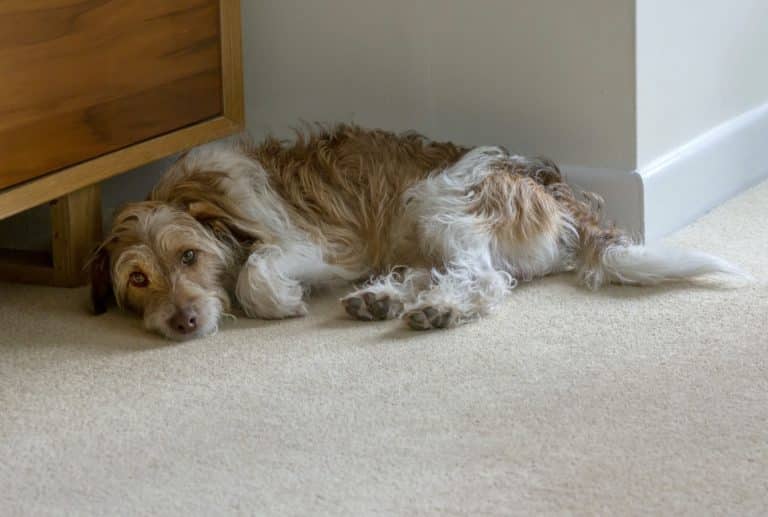Many dog owners have experienced their furry friends showing signs of anxiety, whether it be due to loud noises, separation from their owners, or unfamiliar environments. Dog anxiety can manifest in a variety of behaviors, such as excessive barking, destructive chewing, and even withdrawal. It is important for pet parents to understand the signs of anxiety in their dogs and learn how to help them cope with their emotions.
In this article, we will explore the common causes of dog anxiety, how it can affect your pet’s well-being, and various ways to manage and alleviate their stress. By understanding the root causes of your dog’s anxiety and implementing appropriate strategies, you can help your furry companion feel more at ease and improve their overall quality of life.

Causes of Dog Anxiety
Dog anxiety can stem from various factors, including past traumatic experiences, lack of socialization, or genetic predispositions. Changes in routine, such as a new environment or schedule, can also trigger anxiety in dogs. It’s essential for pet owners to be mindful of any potential stressors that may be affecting their furry companions and take proactive steps to address them. By identifying the root cause of your dog’s anxiety, you can better tailor your approach to helping them feel more secure and calm.
Implementing techniques such as positive reinforcement training, providing a safe space for your dog, and incorporating regular exercise can all help manage their anxiety levels. Additionally, supplements or products specifically designed for calming anxious dogs, like Brave Paws Dog Anxiety, can be effective in supporting your pet’s emotional well-being. Remember that each dog is unique, so it may take some trial and error to find the right combination of strategies that work best for your furry friend. By being patient and understanding, you can make a significant difference in helping your dog feel more comfortable and secure in various situations.
It is crucial for pet owners to be proactive in addressing their dog’s anxiety and providing them with the support they need to feel safe and secure. By acknowledging the signs of anxiety, understanding the potential causes, and implementing appropriate strategies, you can help your furry companion lead a happier and healthier life. Remember to be patient and consistent in your efforts to alleviate your dog’s anxiety, as it may take time to find the right approach that works best for them. With your love and support, you can help your dog overcome their fears and live a more relaxed and fulfilling life.
